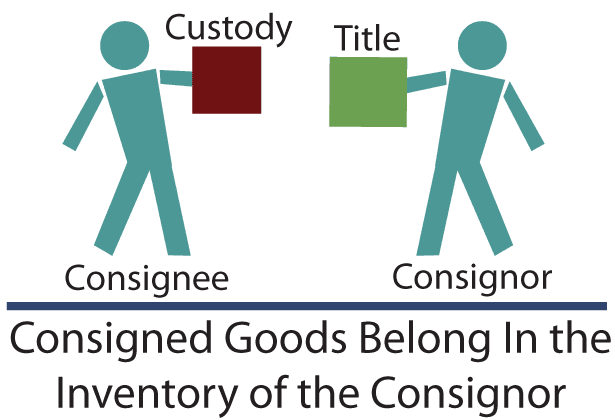Content

While the common size approach may be useful in conducting financial statement analysis, it may sometimes be quite difficult to derive meaning from the ratios. The composition of PepsiCo’s income statement remained relatively consistent from 2009 to 2010. The most notable change occurred with selling and administrative expenses, which increased from 34.8 percent common size percent of sales in 2009 to 39.4 percent of sales in 2010. This in turn drove down operating income from 18.6 percent in 2009 to 14.4 percent in 2010. This also likely caused the decrease in income before taxes, income tax expense, and net income. The formula to perform vertical analysis on the income statement, assuming the base figure is revenue, is as follows.
Common size analysis is used to calculate net profit margin, as well as gross and operating margins. The ratios tell investors and finance managers how the company is doing in terms of revenues, and can be used to make predictions of future revenues and expenses. Companies can also use this tool to analyze competitors to know the proportion of revenues that goes to advertising, research and development, and other essential expenses. A common size financial statement allows for easy analysis between companies or between periods for a company. It displays all items as percentages of a common base figure rather than as absolute numerical figures.
What is the Common Size Ratio?
Vertical analysis refers to the analysis of specific line items in relation to a base item within the same financial period. For example, in the balance sheet, we can assess the proportion of inventory by dividing the inventory line using total assets as the base item. Common size analysis, also referred as vertical analysis, is a tool that financial managers use to analyze financial statements. It evaluates financial statements by expressing each line item as a percentage of a base amount for that period. The analysis helps to understand the impact of each item in the financial statements and its contribution to the resulting figure.

Vertical analysis is a method of financial statement analysis in which each line item is listed as a percentage of a base figure within the statement. Common size financial statements help to compare a company’s performance over several periods as well as against a competitor’s. The process is virtually identical to our common size income statement, however, the base figure is “Total Assets” as opposed to “Revenue”. Investors and creditors can use this information to compare different companies’ financial statements.
What Is a Common Size Financial Statement?
The items include selling and general administrative expenses, taxes, revenue, cost of goods sold, and net income. Common size financial statements aren’t always going to provide accurate or concrete information that’s actionable. This is because different financial components can fluctuate depending on specific circumstances.
- In other words, net revenue will be the overall base figure on your common size analysis formula.
- Common-size analysis allows for the evaluation of information from one period to the next within a company and between competing companies.
- By comparing two or more years of common‐size statements, changes in the mixture of assets, liabilities, and equity become evident.
- In addition, each asset, liability, and shareholders’ equity line item on the balance sheet is expressed as a percentage of total assets.
- The analysis helps to understand the impact of each item in the financial statements and its contribution to the resulting figure.